The Guide to Charging LifePO4 Batteries
Properly charging your battery is critical and directly affects battery performance and life. Learn how to charge your LiFePO4 battery to maximize your investment.
Please read and follow these important precautions for charging LiFePO4 batteries:
Never charge LiFePO4 batteries with a charger that is not specifically compatible with LiFePO4 batteries!
When the cell is used for the first time, it MUST be fully charged and discharged to activate it and reach its full capacity.
Always charge LiFePo4 batteries in an area with adequate ventilation.
Regardless of which charging mode the battery is in, stop charging as soon as the cell temperature exceeds the absolute charging temperature range.
Regardless of which charging mode the battery is in, stop charging as soon as the cell voltage exceeds the absolute charging voltage range.
If the LiFePO4 batteries are to be stored for a longer period of time (more than one month), the SOC of the cells should be regularly adjusted to about 50 % (a quarterly rhythm is recommended).
Why you should charge the LiFePO4 battery to full capacity before first time use?
LiFePO4 cells and batteries MUST be charged to full voltage to activate them before assembly into a battery pack and before use. This way the cells are fully charged and balanced before the battery pack is used for the first time.
Even for simple installations, it is important to perform the first charge. In addition to the initial installation, we recommend checking the cells of the battery pack from time to time and carrying out the full equalisation of all cells by means of single charging.
Can a lead-acid charger charge a lithium battery?
Using SLA chargers to charge lithium batteries may damage, undercharge or reduce the capacity of the lithium battery over time.
ONLY use a charger that can apply the “constant current/constant voltage” (cc/cv) charging technique with LiFePO4 voltage settings.
It is always important that your charger provides the correct current and voltage for the battery being charged.
Why should we not charge a LiFePO4 battery below 0°C / 32°F?
LiFePO4 batteries should not be charged below 0°C / 32°F (including standard, fast and emergency charging), otherwise unintended capacity reduction may occur. The battery management system should be controlled according to the minimum charging temperature.
If you attempt to charge a lithium battery below 0°C / 32°F, a chemical reaction called “lithium plating” will occur. Lithium plating is caused by the charging current forcing the lithium ions to move at a faster reaction rate and accumulate on the surface of the anode.
When this chemical reaction occurs, the internal resistance of the battery increases and reduces the rate of chemical metabolism. This chemical reaction leads to a permanent reduction in the capacity of the battery, which continues to decrease each time this reaction occurs.
The battery manufacturer specifies the operating temperature of the battery (charging and discharging) in the product specification and it is sufficient to strictly adhere to the installation standards.
How do you store and care for LiFePO4 batteries in winter?
You can take some measures to extend the life of your lithium batteries during the cold winter months:
Store them at the right temperature: Store your lithium batteries in a place where they will not get colder than 32 degrees Celsius and not warmer than 80 degrees Celsius.
Charge them regularly: Ideally, lithium batteries should never be fully charged. So remember to charge your batteries during the winter months when they are most susceptible to rapid power loss.
Clean them: Corrosion and dirt can cause the battery to lose charge faster, shortening its life. Therefore, it is important to keep lithium batteries clean. You can use a mixture of water and baking soda for a gentle cleaning.
The voltage change of the LiFePO4 battery
During charging and discharging, LiFePO4 batteries will experience some voltage fluctuations. However, the normal voltage range should be between 2.5 V and 3.65 V, with 3.65 V being the maximum end-of-charge voltage. If it is above this value, the battery may have problems. And 2.5 V is the final discharge voltage. If it is lower than this value, it means that the battery is being discharged too much. But in most cases, the voltage of LiFePO4 battery is kept between 3.15~3.3V because of the stable discharge platform.
In addition, LiFePO4 batteries do not need trickle charging, and trickle charging may even overcharge LiFePO4 batteries.
If you have any technical questions, please contact BatteryUncle technical support at service@liionakb.ru




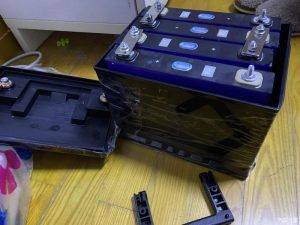
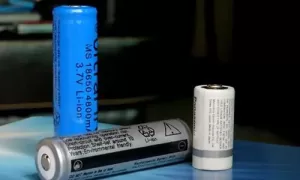
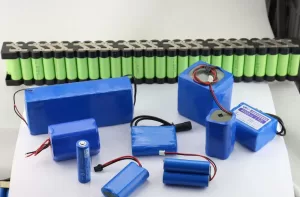
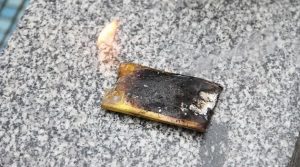
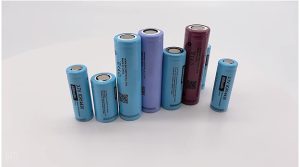
Leave a reply